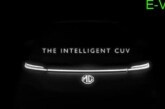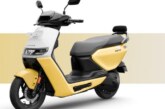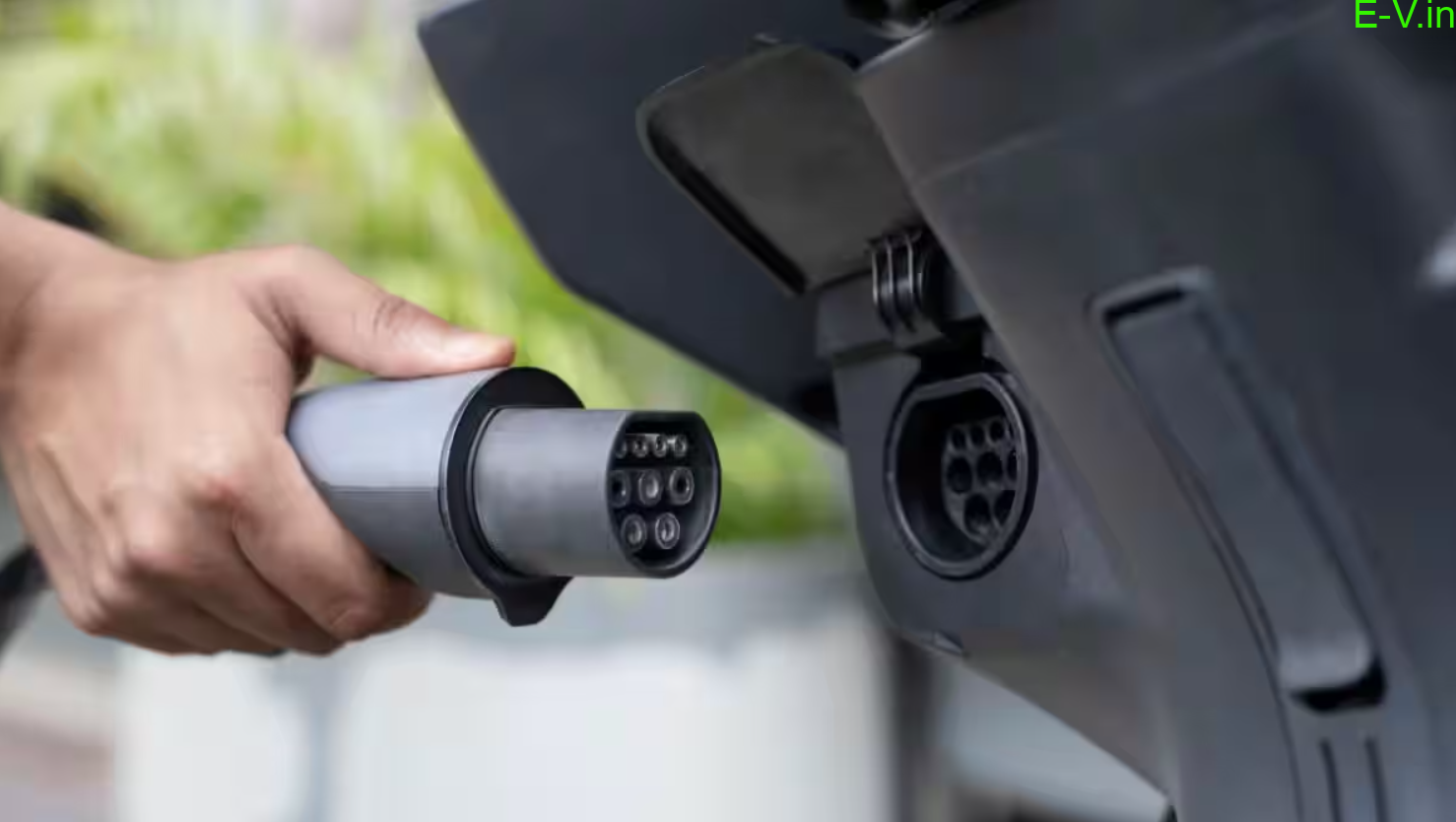
The Bureau of Indian Standards (BIS) is the recognized National Standards Body of India. Recently, it approved a new standard for light electric vehicles (LEVs). This standard, known as IS17017 (Part 2 / Sec 7): 2023, is the first of its kind in India and in the world. It is a combined AC and DC charging connector standard for LEVs. This innovative technology, developed in India, has the potential to set a global benchmark for the LEV industry.
Several important organizations, including NITI Aayog, the Department of Science and Technology, ARAI, EV manufacturers, and the Bureau of Indian Standards, worked together to create a new national standard. This new standard makes it easier for electric vehicles to be used all over the world. Instead of relying on international standards, this new system encourages innovation within India, making it easier and more convenient to charge electric vehicles at home. This is a big deal and could lead to significant changes in the way we use vehicles in the future.
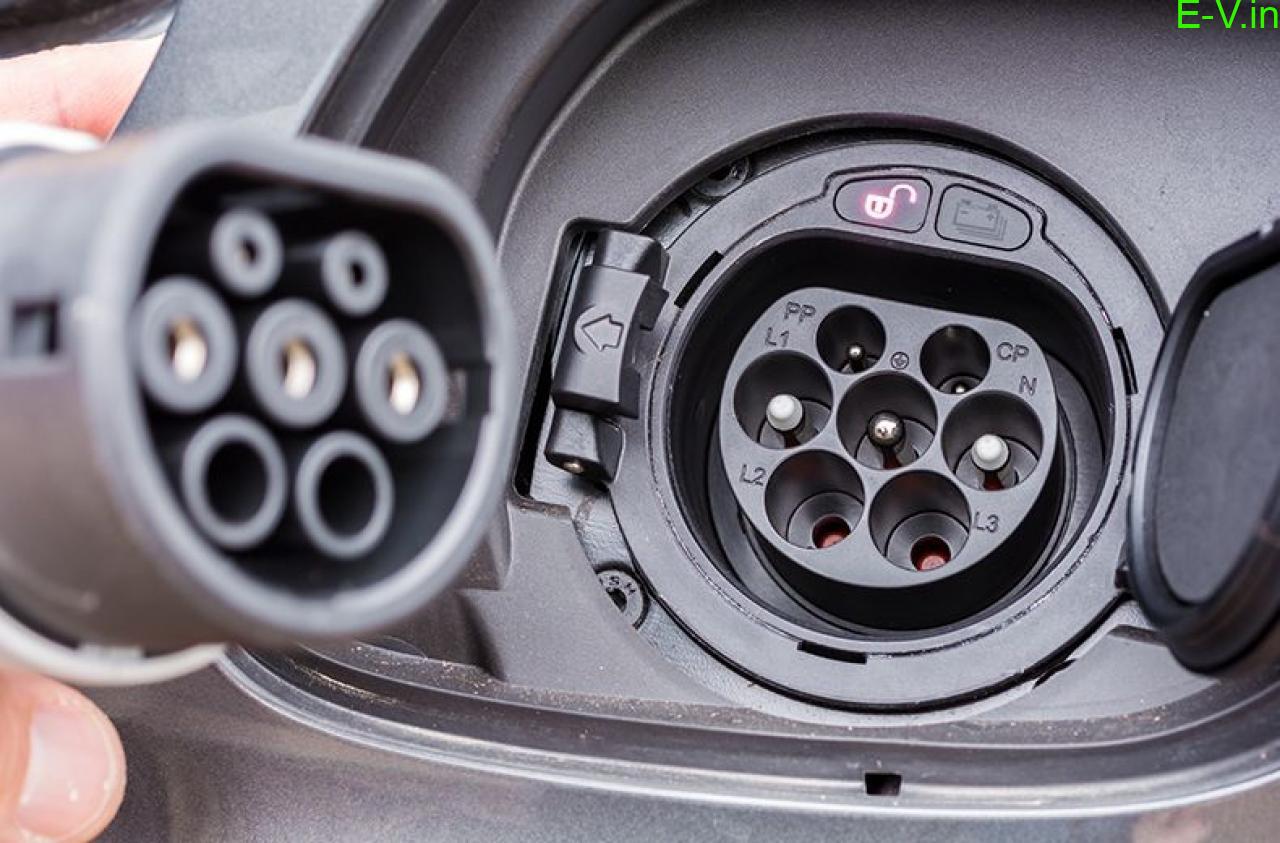
There is a significant market gap due to the lack of a standardized connector for combined AC and DC charging systems designed specifically for light electric vehicles. These vehicles, which include 2-wheelers, 3-wheelers, and microcars, have unique charging requirements. Traditional 4-wheel (4W) charging connectors are too expensive and large to fit into smaller vehicles, making them impractical for integration.
The combined AC and DC charging connector provides a cost-efficient, hybrid infrastructure that accommodates all types of charging, whether fast or slow, for light electric vehicles. This network benefits users by working well with fast and slow charging, eliminating the need for a bulky charger.
Remarking on the words of B V R Subrahmanyam, CEO of NITI Aayog, The lack of international standards for Light Electric Vehicles (EVs) in India has led to the creation of a domestic charging system. This common charging system allows Light EV users to easily charge their vehicles from either an AC or DC outlet. Since two or three-wheelers constitute more than 75% of new vehicles in India, this standard has a significant impact on the vehicle market. Government entities and private sector OEMs collaborated to achieve this unique global innovation developed by the Bureau of Indian Standards (BIS).

This new standard enables both slow (AC) and fast (DC) charging from a single point. This innovation has the potential for widespread adoption in the field of electric mobility. It is a prime example of successful outcomes resulting from sound policy, innovation, and entrepreneurial spirit, guiding the nation forward. The new standard is expected to play a key role in establishing India as a global leader in clean mobility.
A new EV charging standard for India has the potential to be implemented worldwide, as stated by Swapnil Jain, the Founder and CEO of Ather Energy. Using Indian-developed and designed technology on a global scale is a remarkable achievement. As a country, they have come a long way because they are no longer dependent on any EV technology transfer from outside India to create something that has a worldwide market. India could well be on its way to becoming a global leader in EV-automobile technology-based solutions, something only a few countries can achieve.
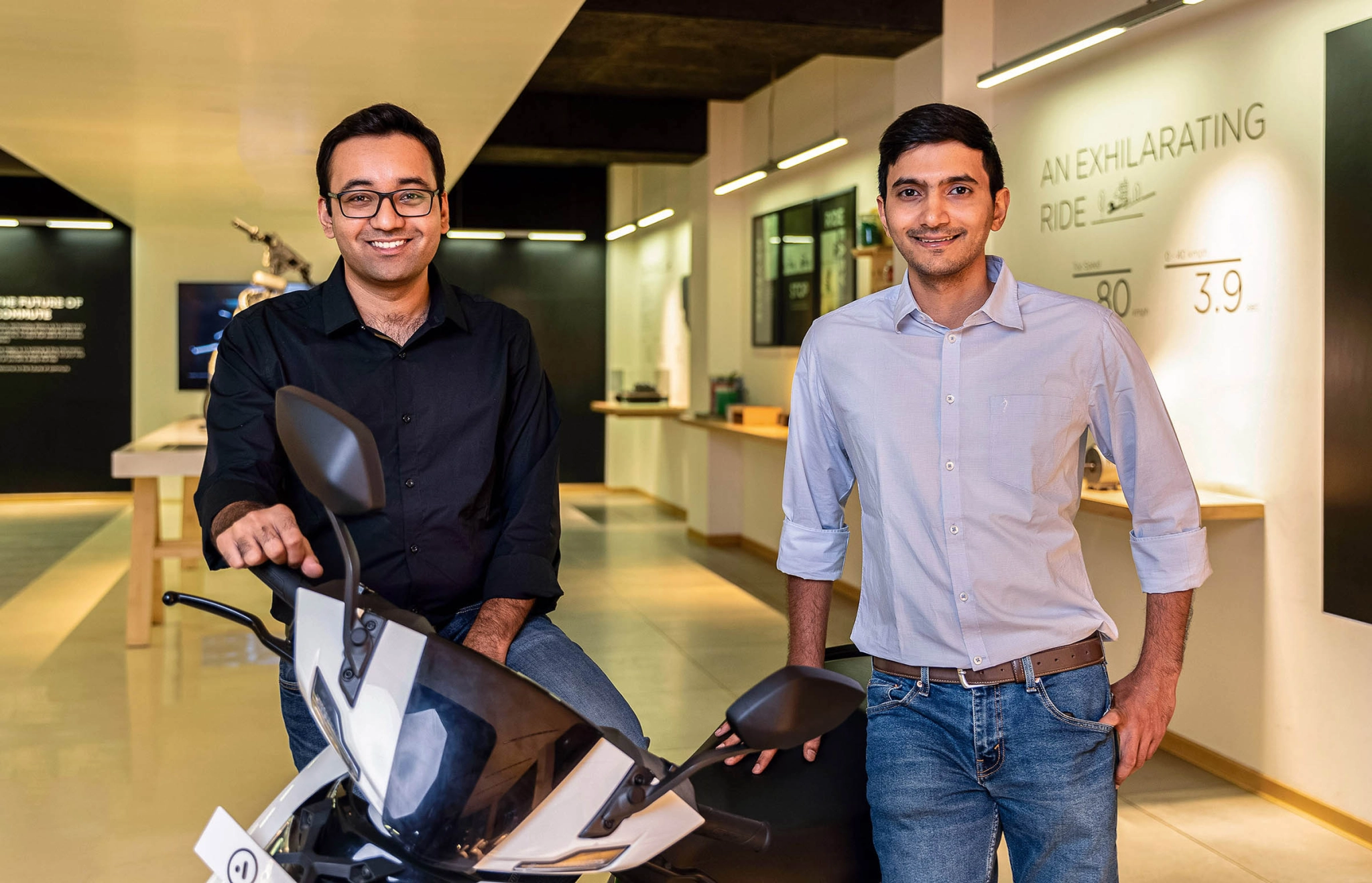
Tarun Mehta, Co-Founder, and CEO of Ather Energy, pointed out that during the early days of Ather Energy, they realized that India lacked a suitable charging standard that could be adopted, especially one that would cater to local needs. Hence, they decided to design a standard that would offer both fast and slow charging, be cost-effective, and most importantly, not be dependent on any intellectual property or royalty. Initially, it was a proprietary standard, similar to Apple’s lightning standard, i.e., a closed standard. However, as more players entered the market and faced the same issues, Ather Energy’s philosophy evolved to an open standard. The changes have also been publicly announced on his social media accounts, so you can check them out there as well.
Final remarks
India’s first AC and DC Combined Charging Connector standard for light electric vehicles (LEVs), developed indigenously, has been approved by the Bureau of Indian Standards (BIS). With the world’s first combination AC/DC charging connector for LEVs, it fills a market gap, sets a global benchmark, and positions India as a global leader in cleaner, more sustainable transportation. This pioneering achievement showcases how government and private companies can work together to guide India toward global leadership in clean transportation.
Source of information: e-vehicleinfo.com
If you are an EV manufacturer (or) EV Dealer (or) EV Supporter who want to share news related to electric vehicles on our website, please send an email to crm@electricvehicles.in
For the latest electric vehicles news,
follow electricvehicles.in on
and our YouTube Channels




